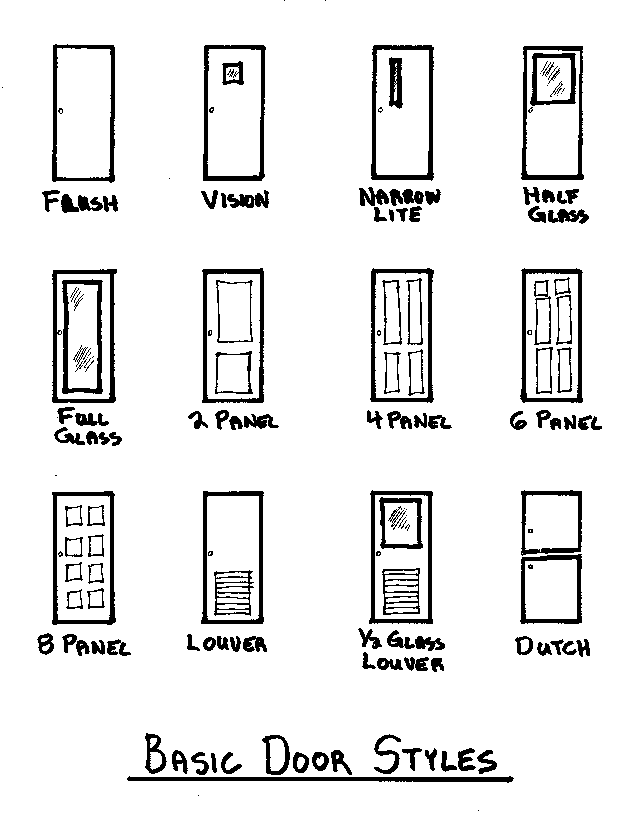DISCLAIMER: Please, note that the questions here are for revision purposes only. Students should not assume that the questions here will be exactly the one that will appear on the day of their examination. You are expected to use these questions for preparations for your examinations only.
Thank you.
QUESTIONS
Thank you.
QUESTIONS
1.An
accident could be caused by any of the following EXCEPT…
a. horse play
b. wrong use of tools
c. poor lighting
d. over carefulness
a. horse play
b. wrong use of tools
c. poor lighting
d. over carefulness
2.
To prevent suffocation in a technology workshop, the workshop must be well:
a. designed
b. lighted
c. ventilated
d. located
a. designed
b. lighted
c. ventilated
d. located
3.
Which of the following safety habits
concerns all technical workers?
a. wearing overall occasionally
b. wearing eye goggle and necktie
c. keeping long hair
d. lifting heavy loads manually
a. wearing overall occasionally
b. wearing eye goggle and necktie
c. keeping long hair
d. lifting heavy loads manually
4.
Workshops are always located away from residential houses because of…
a. distractions from people
b. unavailable space
c. air pollution in the neighborhood
d. Noise
a. distractions from people
b. unavailable space
c. air pollution in the neighborhood
d. Noise
5.
Which of these is NOT a safety habit to practice in the workshop?
a. switch off power supply before wiring installation
b. always keep a water tank full of water in the workshop
c. keep working environment clean
d. always switch off all machines after use.
a. switch off power supply before wiring installation
b. always keep a water tank full of water in the workshop
c. keep working environment clean
d. always switch off all machines after use.
6.
The Binis and Igbos are known for what indigenous technology?
a. clothe weaving
a. clothe weaving
b.
leather work
c.
sculpture work
d. tie and dye
d. tie and dye
7.
Technology is basically a subject for…
a.
girls only
b.
boys only
c.
anybody
d. adults.
d. adults.
8.
Technology should be studied for the following reasons EXCEPT…
a. pleasure and recreation
b. empowerment
c. money making
d. safety reasons
a. pleasure and recreation
b. empowerment
c. money making
d. safety reasons
9.
The Yoruba’s are known for one of the following indigenous technology.
a. clothe weaving, tie and dye
b. sculpture making
c. leather work
d. brass ornaments.
a. clothe weaving, tie and dye
b. sculpture making
c. leather work
d. brass ornaments.
10.
Leather work and Brass Ornaments are indigenous technologies related to….people
of Nigeria.
a. Southern
b. Northern
c. Western
d. Eastern.
a. Southern
b. Northern
c. Western
d. Eastern.
11.When a metal can
be drawn out or stretched in order to reduce the diameter to a fine wire, it is
said to posses……………………………
12.The five main
parts of a tree are (i)…………..,
(ii)………………, (iii)………………, (iv
………………….., and (v)……………….
13. Brass is an
alloy consisting of the combination of ……………………+ ………………………….
14. The type of
wood mostly found in tropical regions are…………………………………..
15. The ability of
metal to be rolled, hammered and bent without breaking or cracking is known as
…………………………………….
16. The ability of
ceramics to break when it drops is known as………………
17. Ceramics
materials are suitable for furnace linings and ovens because it is
…………………………………………………………………
18. Synthetic
rubber is obtained from petroleum products while natural rubber is obtained
from …………………………
19. Bronze is the
combination of …………………..+………………………..+ ……………………………………….
20. An alloy of
metal can be defined as ……………………………………………………………………..
21. Name two types
of wood defects (i)….……………… (ii)……………………..
22. A metal which
does not contain iron is known as…………………………
That's it. If you need more questions for revision purpose only, you can write it on the comment box below. I will see it and respond appropriately.
Thank you for being there for me.
Follow me HERE
.jpg)
.jpg)
.jpg)
.jpg)
.jpg)
.jpg)
.jpg)
.jpg)
.jpg)
.jpg)
.jpg)
.jpg)
.jpg)
.jpg)


.jpg)
.jpg)
.jpg)
.jpg)
.jpg)
.jpg)
.jpg)
.jpg)
.jpg)
.jpg)
.jpg)
.jpg)
.jpg)
.jpg)
.jpg)

.jpg)